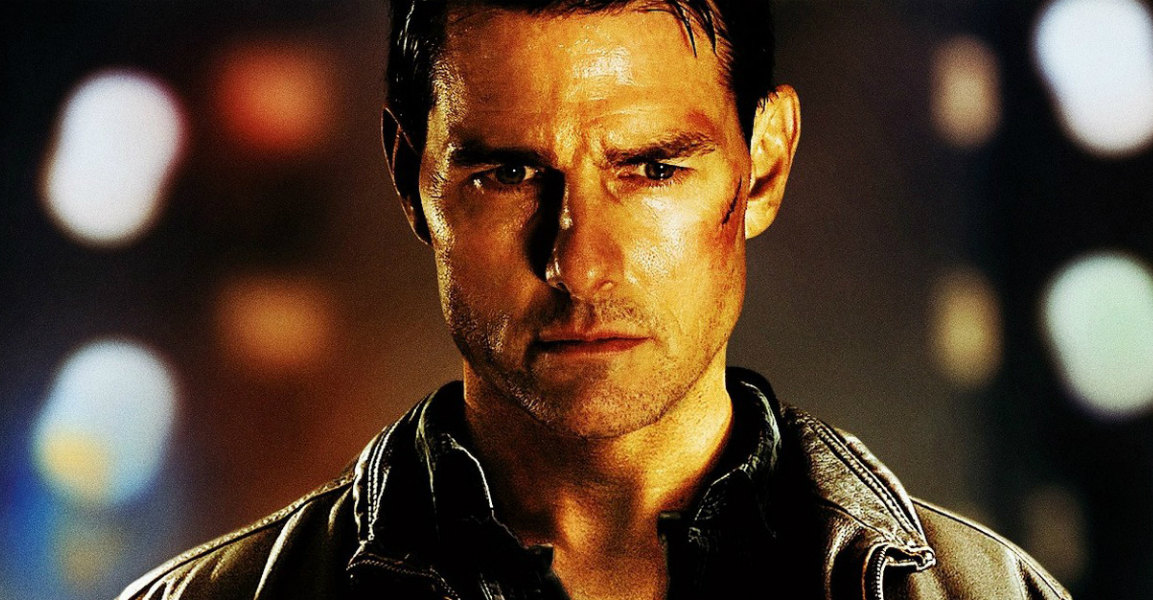It’s 1160 and a good man is hard to find. Rival Japanese clans have been dueling for power for most of the century and as “Gate of Hell” (1953) opens, the rebel Minamoto warriors have seized a special opportunity to storm the imperial compound and overthrow the Taira rulers. While many previously loyal soldiers back the new winners, Morito (Kazuo Hasegawa) remains steadfast in his duty, risking life and limb to protect Kesa (Machiko Kyo), a lady of the court who agrees to impersonate the empress.
Morito is stunned to learn that his brother has also switched sides, but he chooses emperor over flesh and blood without question. Resistance is feudal. He not only succeeds in safeguarding Kesa but is vindicated when the Taira clan swiftly resumes power just a month or two later. He’s probably itching to tell his brother “I told you so,” but unfortunately his brother’s not likely to hear with his head now on a pike somewhere. The military brass prepare to dole out rewards to the faithful, and the moral of our story couldn’t be any simpler: do your duty and you will be paid back.
But not so fast, this is only the end of the first act, The story, based on a play by Kan Kikuchi, is about to take a surprising turn. Brave, noble Morito does not want land or riches, he wants only the hand of the beautiful Kesa which is a romantic enough thought. One problem: she’s already married. Morito wants Kesa anyway, but his general Kiyomori (Koreya Senda) can put a stop to the madness. But now that the rebellion is over, life is pretty boring and a general needs to get his kicks somehow, so he indulges Morito and sets into motion an ugly chain of events that reveals our hero to be anything but heroic.
While the story is compelling enough, the film’s real claim to fame rests both on it being an Oscar winner and one of Japan’s first major color features. Writer/director Teinosuke Kinugasa took advantage of the opportunity to shoot on Eastmancolor, Kodak’s cheaper single-strip competitor to Technicolor, to wow audiences both at home and abroad with a vivid portrait heavy on autumnal colors and pastel blues that lend it a very different tone than any of the Technicolor epics that had dominated the color market since the ’30s.
Eastmancolor was gorgeous but, as was eventually discovered, not built to last, and the colors faded quickly from the negative. Not long after the film’s Oscar triumph audiences could no longer appreciate “Gate of Hell” in anything close to its original state. Fortunately separation masters were maintained and this luminous high-def transfer is now available thanks to a recent restoration by the National Film Center of the National Museum of Modern Art in Tokyo and Kadokawa Shoten Co, Ltd. in cooperation with the NHK (Japan’s public broadcasting organization).
While viewing the film I scribbled down the note “What’s with the colors?” which is about as profound as viewing notes get. Compared to some of the digital Technicolor restorations, the colors look a bit soft; they don’t “pop” so much as blend together flawlessly. The lighter shade of blue on display in some sequences is something I’ve never seen on film before and I’m grateful we have the chance to see it on this restored transfer. It sure is pretty.
As for the narrative itself, the main appeal of “Gate of Hell” is watching the protagonist transform gradually but unequivocally into an antagonist and wondering exactly why. Was he always a predatory scoundrel who hid behind the mask of loyalty or has the blood permanently drained from his brain to other body parts? Whatever the case, Kinugasa pulls a neat trick by transferring our sympathies first to Kesa and then to her husband who seems like the only truly noble character at all times, a quality that marks him as a potential patsy in this craven, hard-scrabble milieu. There’s a deftly staged horse race in the middle of the film, but traditional action is minimal. It’s all beautifully shot by cinematographer Kohei Sugiyama and now, once again, available in vibrant color.
Video:
The film is presented in its original 1.37:1 aspect ratio. I’ve already discussed the colors above. Image detail is sharp throughout and the film has a gentle grainy look that’s a perfect compliment to the colors.
Audio:
The linear PCM mono track doesn’t have a lot of depth to it, but is crisp and distortion-free throughout. It never calls attention to itself, and that’s a good thing. Optional English subtitles support the Japanese audio.
Extras:
This is a bare-bones release from Criterion with nothing other than the slim fold-out insert booklet with an essay by scholar and author Stephen Prince.
Film Value:
Kinugasa directed approximately five billion movies (Ed. Note: He has 104 directing credits in the IMDB) but is known primarily for the experimental avant-garde silent “A Page of Madness” (1926) and this Oscar winning 1953 feature. “Gate of Hell” would not be mistaken by anyone as avant-garde, but for its treatment of the slippery nature of character and its evocative use of Eastmancolor stock, this historical piece is well worth visiting or revisiting. The lack of extras is a disappointment, but the high def transfer does justice to the elaborate color restoration of a partially-lost film.


